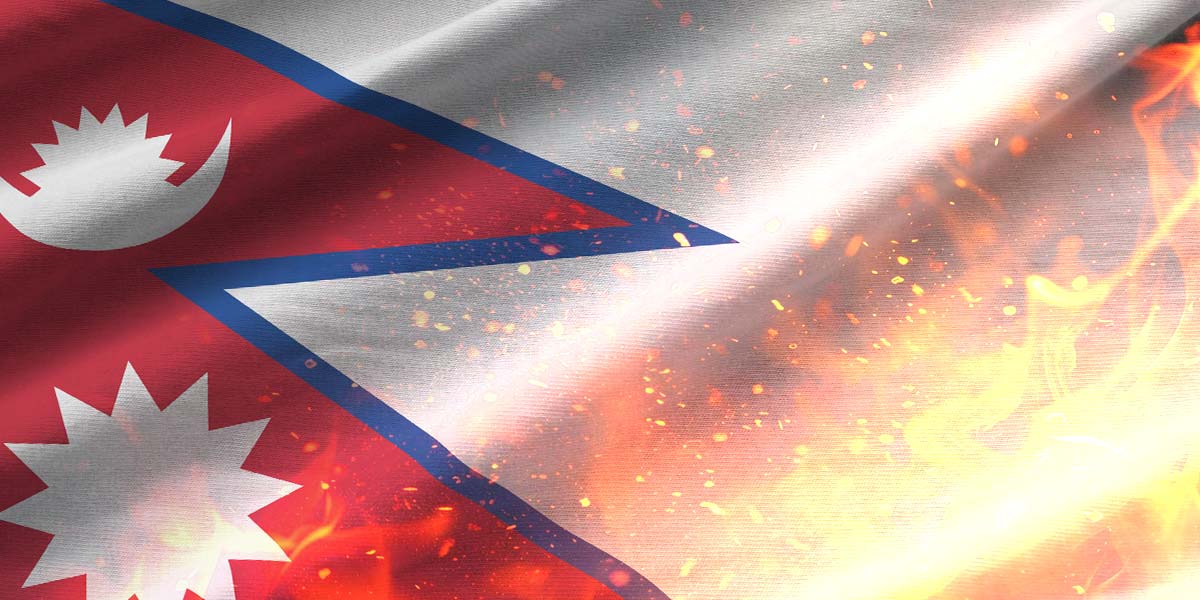Nepal was thrust into its worst unrest in decades after days of intensifying protests against alleged government corruption and the loss of economic opportunity for the nation’s youth. The turmoil culminated in the resignation of Prime Minister K.P. Sharma Oli on Tuesday, signaling a fresh period of political uncertainty for the Himalayan nation.
The crisis began to escalate last week when Oli’s government moved to block access to several social media platforms, citing concerns over disinformation and fraud. This clampdown enraged young Nepalis who had long been vocal online about the opulent lifestyles of politicians’ families and deep-seated corruption.
The backlash against the social media ban erupted into violence. Protesters attempted to storm parliament, prompting security forces to respond with tear gas and rubber bullets. Such actions resulted in deaths and pains of the people. Though Oli’s government lifted the ban thereafter, public anger did not subside.
The violence spiraled, with protesters ransacking and setting fire to politicians’ homes, including Oli’s private residence and parliament buildings within Kathmandu’s Singha Durbar area. Some ministers were reportedly evacuated to safety by military helicopters, according to local reports.
Oli addressed the nation on Tuesday, urging all parties to pursue peaceful dialogue and denouncing the violence, but without directly addressing corruption allegations. His appeals, however, went unheeded as protesters defied an indefinite curfew, clashing with police, torching tires and setting fires around Kathmandu.
Following these, Oli submitted his resignation to President Ramchandra Paudel, stating in his letter that he was stepping down “to facilitate the solution to the problem and to help resolve it politically in accordance with the constitution.”
Jubilant demonstrators breached the parliament complex upon news of his resignation, waving flags and scrawling slogans like “We won” on the building’s walls. While the mood on the streets was triumphant, most violence faded as police and security forces withdrew.
In the wake of Oli’s departure, President Paudel began the process of seeking a new premier and reached out to protest leaders for discussions. Army chief Ashok Raj Sigdel publicly appealed for calm and invited all sides to enter talks, assuring the public of the military’s commitment to protect lives and property.
The United States also called for restraint, with the State Department emphasizing ongoing partnership and support for Nepal’s stability and democracy.
The protests, widely characterized as “demonstrations by Gen Z,” have laid bare years of frustration among Nepal’s youth over a stagnant job market and a perceived lack of economic opportunities.
Since the abolition of the monarchy in 2008, Nepal has experienced frequent political and economic instability, with millions of its young people heading abroad for work. As President Paudel seeks to restore order and find a new government, the aftermath of this unprecedented upheaval continues to unfold.




